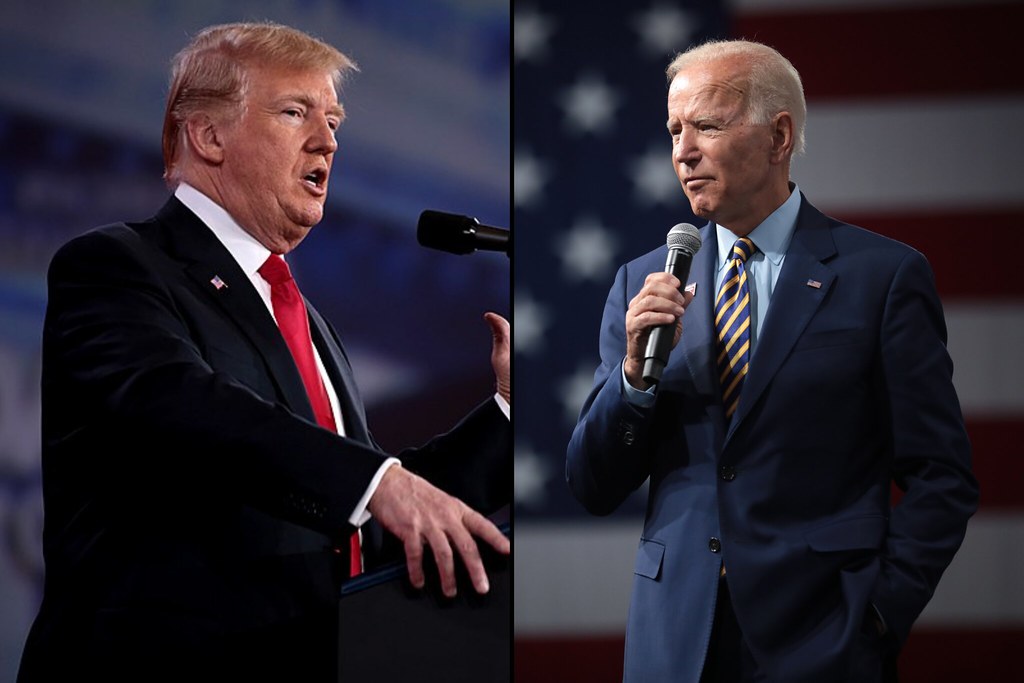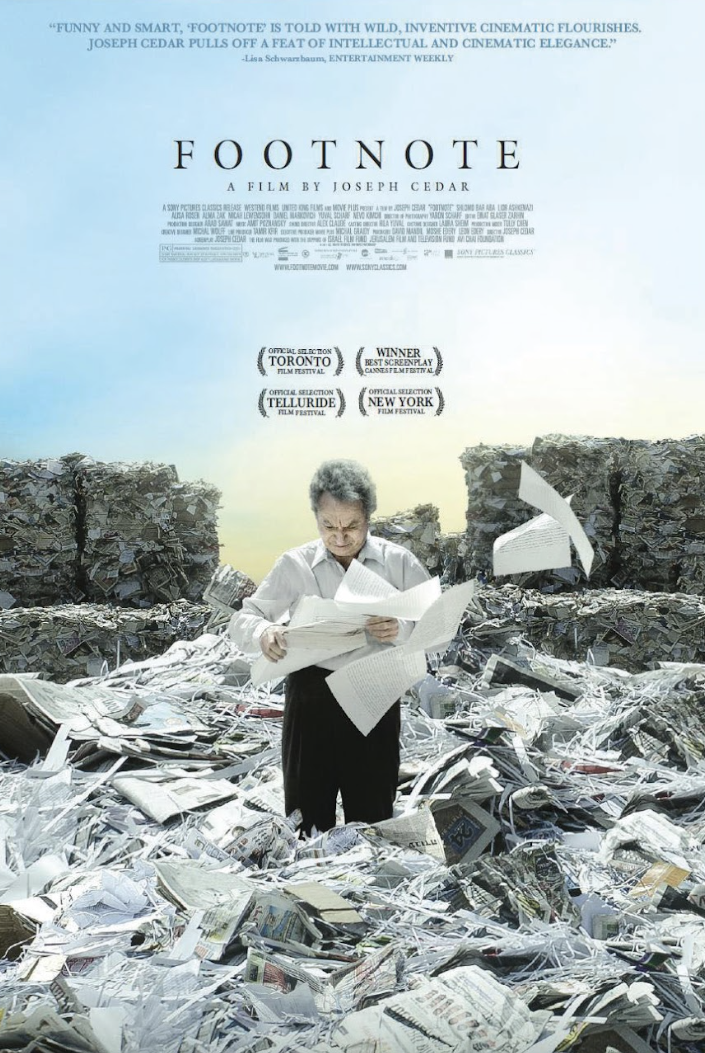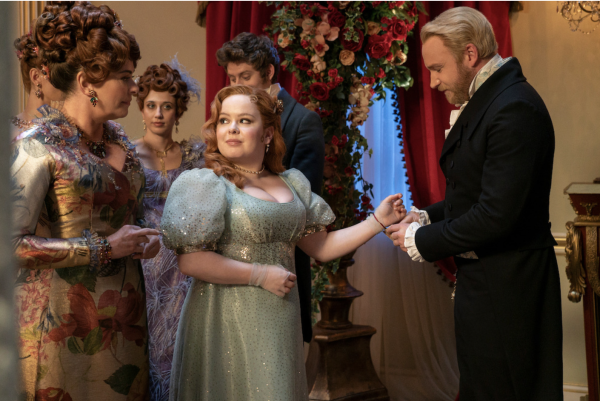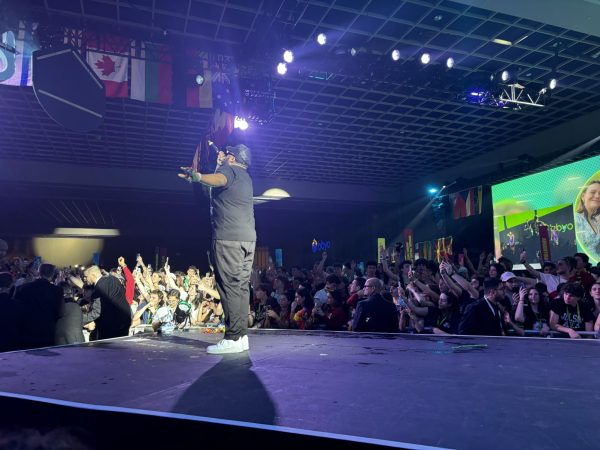“The Mauritanian” captures the story of an inmate’s controversial fight for justice
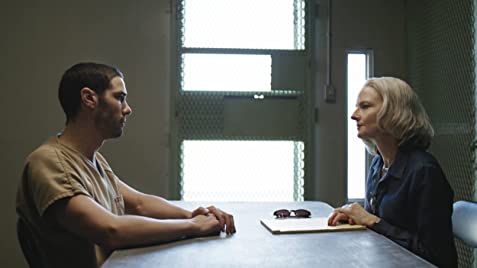
The main character, Mohamedou Ould Slahi (above left) with his defense attorney Nancy Hollander (above right)
April 29, 2021
Packed with intrigue and secrecy, “The Mauritanian” is an entertaining new movie that should be added to your queue.
“The Mauritanian”, streaming on YouTube and Amazon Prime Video, details the true story of 9/11 suspect Mohamedou Ould Slahi after he was detained by the Mauritanian government and given to the U.S. government at Guantanamo Bay (GTMO). The movie shows Slahi’s lawyer, Nancy Hollander, as she fights the government in order to free Slahi, who despite being detained for several years, was never charged with an actual crime.
The movie depicts how the prosecutor, Lt. Stuart Couch, tries to accumulate evidence for his case but instead, discovers the horrors of how Slahi was treated down in GTMO by the government. The movie takes a deep dive into Couch’s findings and thoroughly details Slahi’s time imprisoned in GTMO.
Slahi’s story is detailed in a complex, yet very understandable for the viewer. While the film shows sympathy for all that Slahi endured in GTMO, it also subtly acknowledges that he may have been connected to 9/11 and that at one point, Slahi had been a member of Al-Qaeda.
I want to be clear that the horrible tragedy of 9/11 is unforgivable and should not be forgotten. However, the movie takes a different approach to the issue and is more interested in looking at the crimes the U.S. committed by torturing the prisoners at GTMO.
While the writing was good, the use of cinematography to tell the story and describe the situations of the characters, especially Slahi’s, was excellent. One particular scene that was so important to advancing the film was during Slahi’s torture. The use of flashing lights and close up shots helped me envision what Slahi experienced and how the government messed with his mind.
Another scene where the cinematography was exceptional was Slahi’s interrogation. The point of view shots, along with the back and forth angles, showed how Slahi was hallucinating and viewed the scene differently than how it actually panned out. The way the camera was used added to the emotion of the film and understanding of Slahi’s pain.
The acting, though strong overall, had its low points. For instance, Benedict Cumberbatch’s portrayal of Couch was not very believable. It was hard to get past his southern accent, which sounded way too artificial. Having watched him as “Doctor Strange” in the Marvel movies just made his character less convincing.
Another downside of this movie was its cost. As of the end of March, the price for the movie was $19.99. Most movies on On-Demand, Amazon Prime and other services are $3.99 so a movie that is almost five times that amount ought to be amazing. While I thought this movie was good, I didn’t think it was extraordinary and worth the high price. So while everyone who is mature enough should watch this movie at some point, wait until the price drops.



